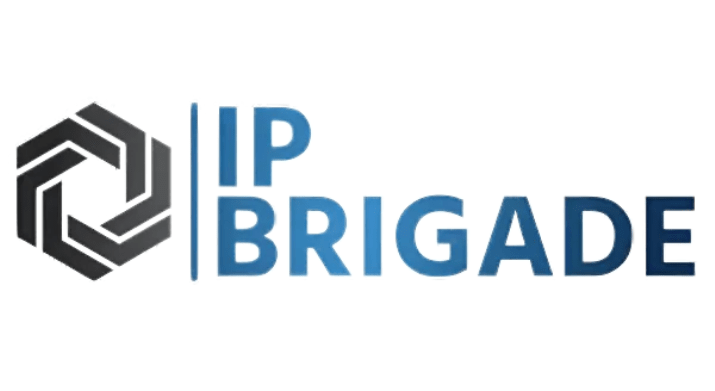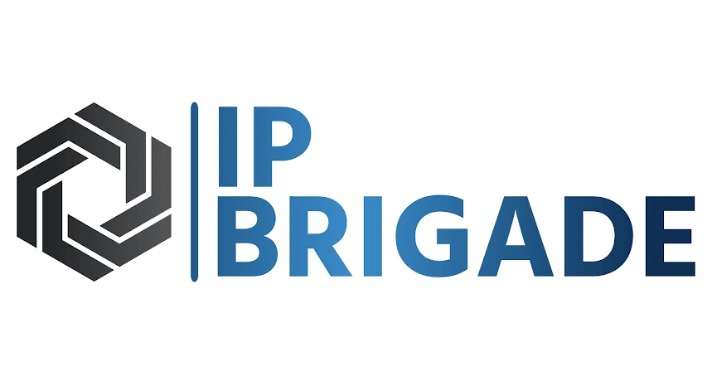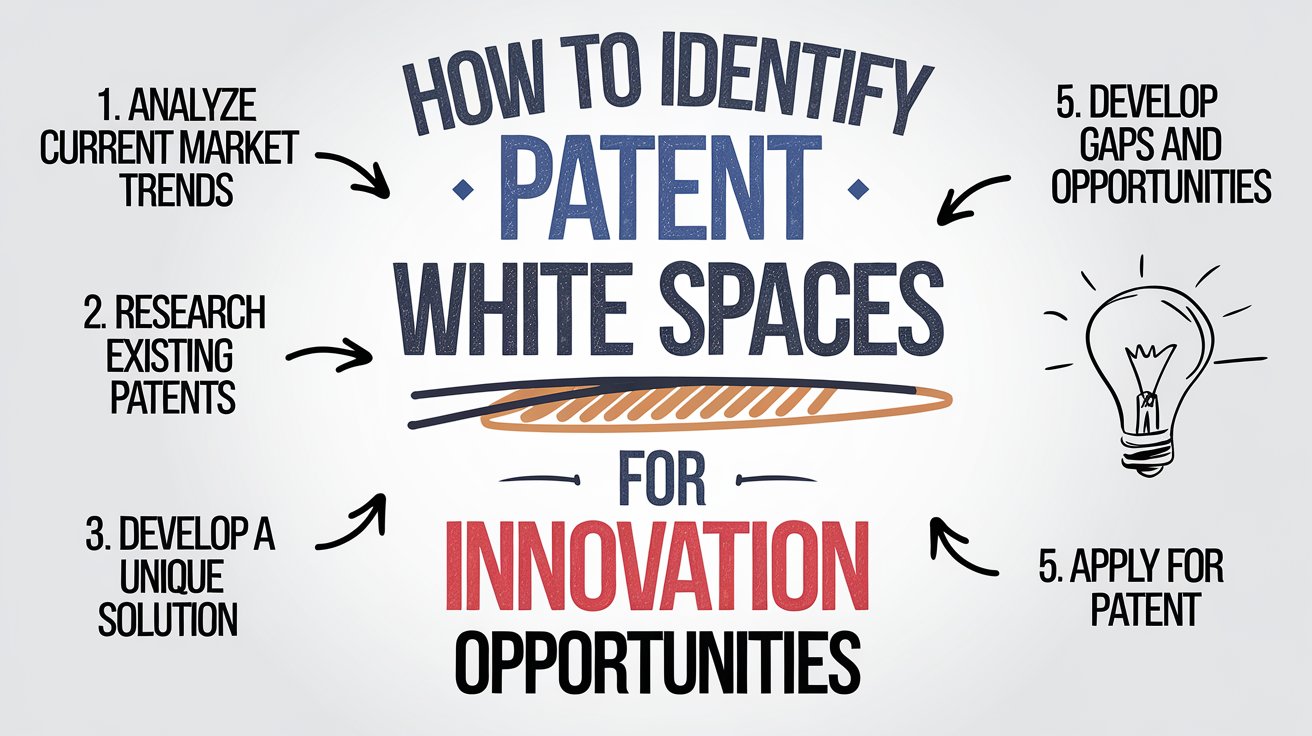In today’s competitive market, businesses and innovators constantly seek new opportunities to develop unique technologies and stay ahead of the competition. One of the most effective strategies for identifying untapped innovation potential is patent white space analysis. This approach helps companies pinpoint gaps in existing patents where new inventions can be developed without infringing on current intellectual property.
In this blog, we’ll explore what patent white spaces are, how to conduct a patent gap analysis, and how businesses can leverage these insights to drive innovation.
What Are Patent White Spaces?
Patent white spaces refer to unexplored or underdeveloped areas within a particular technology domain where few or no patents exist. These gaps indicate potential opportunities for innovation, allowing businesses to develop new solutions without legal conflicts.
Why Patent White Spaces Matter
Unlock Innovation Potential – Identifying gaps helps businesses focus R&D efforts on new and unique technologies.
Reduce Legal Risks – Understanding white spaces minimizes the risk of patent infringement.
Enhance Competitive Advantage – Developing novel solutions in unclaimed spaces helps businesses differentiate themselves in the market.
Improve Patent Strategy – Companies can use white space analysis to refine their patent filing strategy and strengthen their intellectual property portfolio.
Conducting Patent White Space Analysis
To effectively identify patent white spaces, businesses must conduct a systematic patent gap analysis using a combination of advanced search techniques, AI-driven tools, and competitor benchmarking.
Step 1: Define the Technology Scope
Clearly outline the technology domain you are investigating.
Identify key focus areas, such as materials, functionalities, or applications.
Example: If analyzing autonomous vehicle technology, define subcategories like sensor technology, battery efficiency, or AI-driven navigation.
Step 2: Perform a Comprehensive Patent Search
Conduct a thorough patent search across multiple databases beyond Google Patents, including:
USPTO (United States Patent and Trademark Office)
Espacenet (European Patent Office – EPO)
WIPO PatentScope (World Intellectual Property Organization)
Derwent Innovation (Clarivate Analytics)
Step 3: Apply Patent Classification Analysis
Use International Patent Classification (IPC) codes and Cooperative Patent Classification (CPC) codes to categorize patents effectively.
Example: If searching for biodegradable packaging materials, look at CPC code B65D65/46 related to biodegradable plastics.
Step 4: Identify Trends and Gaps Using AI Tools
Leverage AI-powered patent analytics platforms to uncover emerging trends and gaps:
PatSnap – AI-driven patent landscape mapping.
Cipher – AI-based competitor analysis and patent clustering.
Innography – Identifies potential white spaces by analyzing existing patent filings.
Ambercite – Uses citation analysis to highlight missing areas in innovation.
Step 5: Competitor Benchmarking
Analyze top competitors’ patent portfolios to find areas they haven’t yet explored.
Study recent patents and expired patents to identify new development opportunities.
Example: If a company like Tesla has multiple EV battery patents, explore potential gaps in charging infrastructure or battery recycling.
Step 6: Validate White Space Opportunities
Cross-check findings with scientific literature, industry reports, and academic research.
Validate technical feasibility and market demand for the identified white space.
Consult with R&D teams and IP attorneys to refine the innovation strategy.
Real-World Applications of Patent White Space Analysis
1. Pharmaceutical Industry
Case Study: Companies conduct white space analysis to find gaps in drug formulations or alternative delivery mechanisms.
Example: If existing patents cover oral diabetes medications, white space may exist in injectable or transdermal insulin delivery systems.
2. Renewable Energy
Case Study: Identifying patent gaps in solar panel efficiency or energy storage.
Example: Exploring next-generation battery chemistries that aren’t yet patented.
3. Artificial Intelligence & Machine Learning
Case Study: AI-driven patent analysis identifies gaps in natural language processing (NLP) for specific languages.
Example: Developing AI models for regional dialects or rare languages not yet patented.
4. Consumer Electronics
Case Study: Identifying missing patents in smart home automation.
Example: Patent gaps in AI-driven energy management systems for homes.
Leveraging Patent White Spaces for Business Growth
Once white spaces are identified, businesses can take strategic steps to capitalize on them:
1. Develop New Inventions
Direct R&D efforts toward filling the identified gaps.
Focus on novel features, materials, or functionalities.
2. File Strategic Patents
Protect innovation by filing patents early in the identified white spaces.
Strengthen the intellectual property (IP) portfolio to gain competitive leverage.
3. Collaborate & Partner
Work with universities, research institutions, and startups to explore unpatented areas.
Engage in cross-industry collaborations to leverage combined expertise.
4. Commercialize & Monetize Patents
License patents to other companies that need access to the new technology.
Leverage white space findings to secure funding and investment for new projects.
Patent white space analysis is a powerful tool for unlocking innovation opportunities and gaining a competitive edge. By systematically analyzing patent landscapes, leveraging AI-driven tools, and strategically filing new patents, businesses can drive meaningful innovation while reducing legal risks.
Are you ready to explore new innovation opportunities using patent white space analysis? Start your research today and take your business to the next level.









